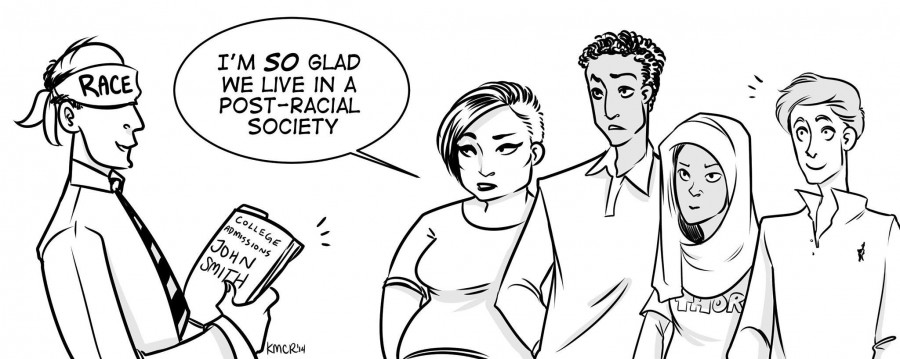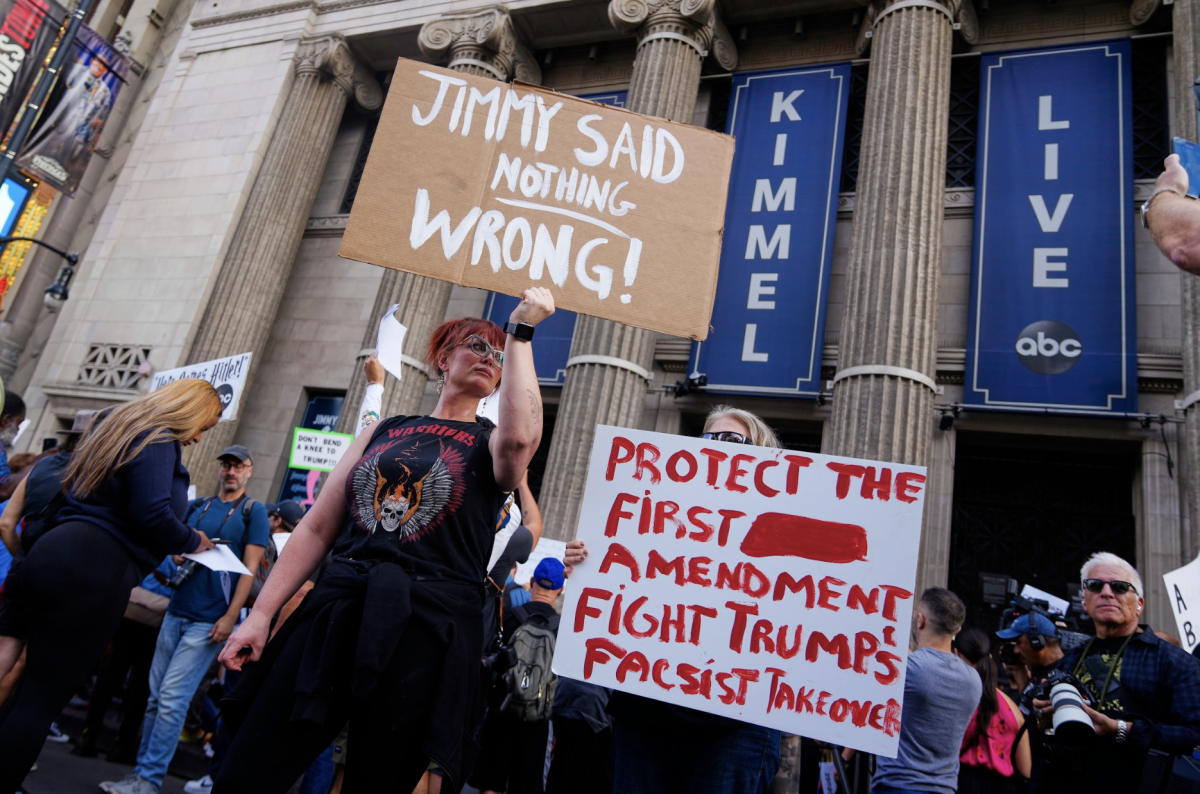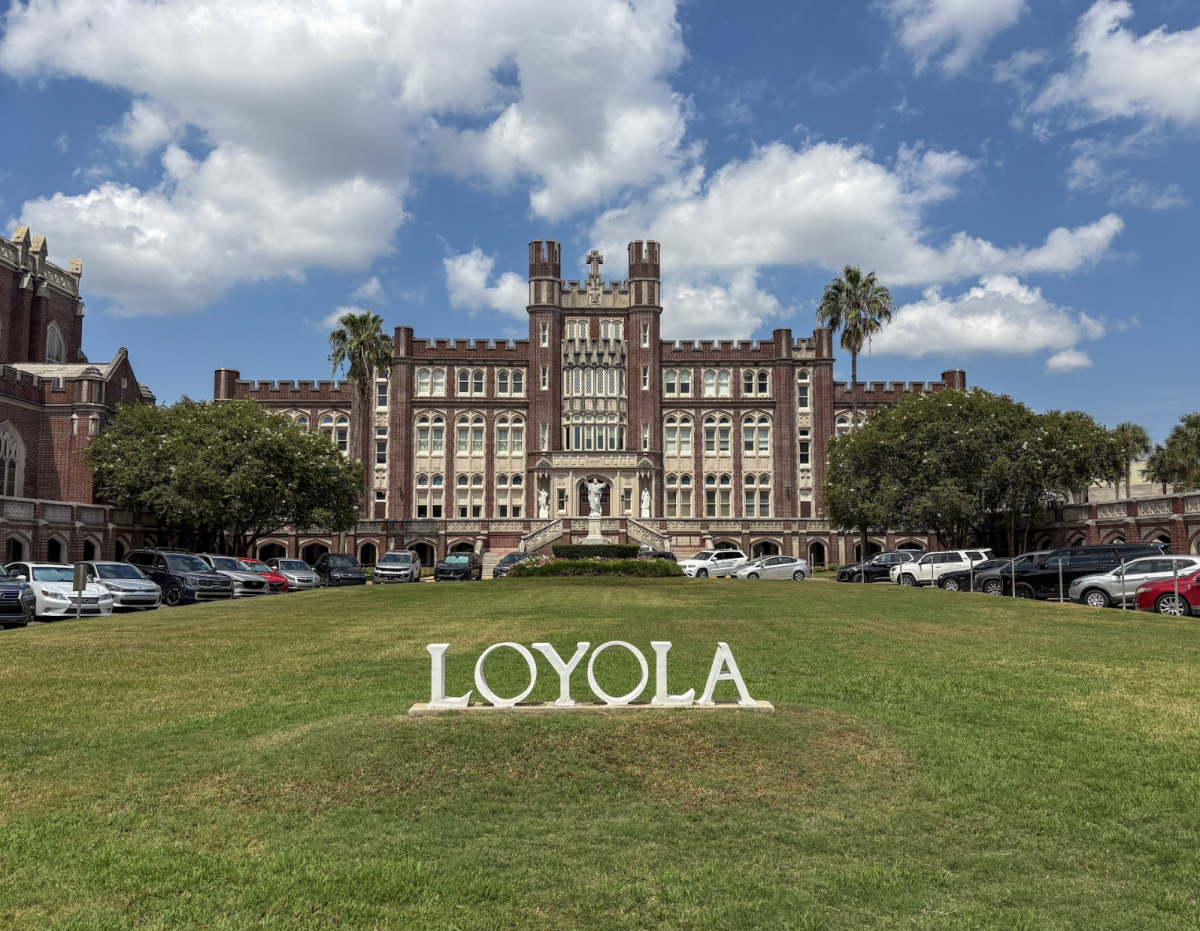We would like to begin this editorial by asking you to glance up from this page for just a few seconds. Look around. It’s likely that you see nothing out of the ordinary, just the same faces you see at Loyola nearly every day. If we asked you to consider the amount of diversity represented at Loyola, you might even roll your eyes. Loyola prides itself on its diverse student body. You know this because you see it written every day on various promotional pieces. But we ask you to consider the years of struggle that have been invested into making this exact situation possible and that this is something precious – yes – but also quite fragile.
Recently, the Supreme Court decided that a Michigan ballot initiative banning affirmative action programs in public university admissions was not in violation of the Equal Protection Clause of the 14th Amendment. This is just the latest in a recent stream of Supreme Court cases grappling with the legality of affirmative action programs in general. Earlier cases have held that the use of quota systems favoring racial minorities in undergraduate admissions is unconstitutional, while also maintaining that institutions of higher education do not violate the Equal Protection Clause by looking at race as one among many equally weighed factors in deciding admissions. Promoting a diverse student body is an important school goal, but the Supreme Court also seems to think that any program that is race-conscious should be subject to a strict level of scrutiny.
While the issue of affirmative action is no doubt one that is sensitive to many people, this board wants to avoid simplifying the issue into an argument about right versus wrong. We do think the Supreme Court’s argument is not one based on an underlying motive to deny minorities the right to an education. The Supreme Court’s decision points out that it is not deciding the future of affirmative action, only that it has no authority to dismiss a constitutional amendment initiated by Michigan’s voters.
The Supreme Court may act as though they have not taken a stance over the value of affirmative action programs, but choosing not to take a stance is still a stance. The Supreme Court has put its seal of approval on what Michigan and seven other states have done, tacitly approving of their decision and of any future states who choose to make the same one.
We note that this recent decision is perhaps evocative of the belief that race is no longer a problem. Certainly our country has come a long way since the 1960s, but we wonder if this is indicative of either wishful thinking or a sheer refusal to address reality. By dismissing affirmative action programs as being unjustly biased toward minority groups, we delude ourselves into believing that white privilege is no longer a problem in contemporary society.
For many youth, affirmative action programs represent the kind of opportunity necessary to escape the cycle of inopportunity. While this board cannot answer how exactly affirmative action programs should be implemented, to what extent and whether there are more compelling factors such as class or income level to be considered in determining eligibility for these programs, we do feel that the Supreme Court’s decision signifies a regression in thought.
We think it is incredibly important to point out that affirmative action is not directed at providing opportunities to only racial minorities. These programs exist to empower various groups that have experienced a history of systematic oppression due to gender, disability, creed, national origin and even class. These groups have valuable experiences and outlooks to contribute to the educational landscape. In negating their worth, we negate culture.
The Supreme Court upheld Michigan’s ban because it believes that striking it down would impede on the democratic rights of the Michigan voters who passed this state amendment. This is, after all, a democracy that is to at least some extent determined by the opinion of the majority of voters. But the true strength of a democracy is found not only in its ability to defend those who stand in the majority, but in its capability to stand for minority members. Even if the minority group does not always get its way, the beauty of the democratic process is that there is always the open-ended possibility that perhaps one day, the ideas and concerns of minority groups will become incorporated into mainstream policy.
In making this decision, the Supreme Court has decided that race-conscious programs are relics of past concerns and that the way forward is to be blind to color. This board, however, believes that colorblindness is simply blindness to the reality that race and other forms of insidious discrimination are still a problem in society.
As a Jesuit institution that prides itself in fostering a multilayered environment laden with different worldviews, affirmative action is precisely the sort of issue that should concern us as students. Deeply. Loyola University prides itself on its diversity, but this is not the standard. It is an exception. The problem is that this should not be the case. Promoting diversity should be an active goal of all higher educational institutions, both private and public. We have made too much progress to start falling far behind now.








